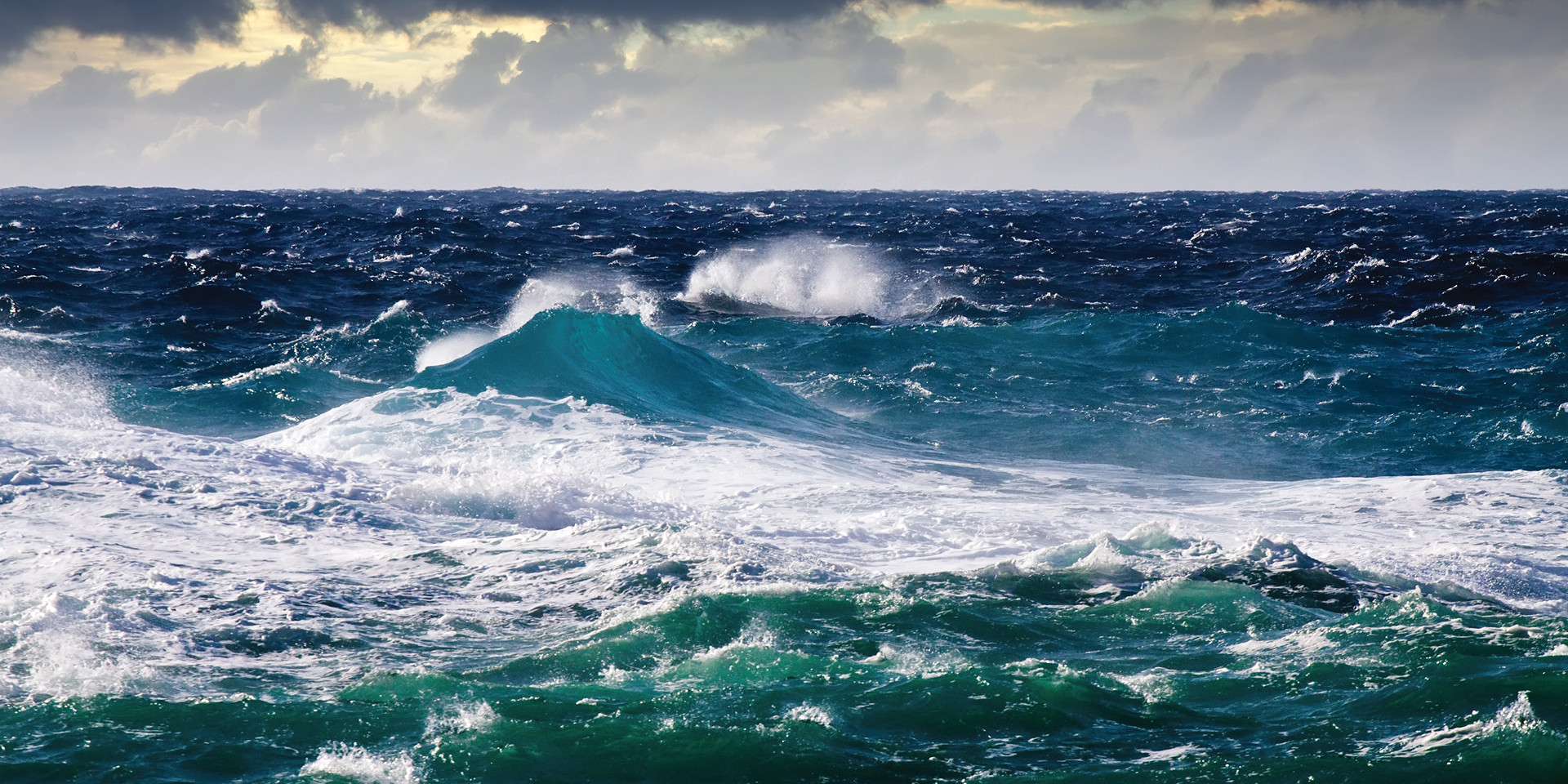

That’s because Earth is constantly rotating, meaning every object on its surface is moving at the speed at which the Earth is spinning on its axis. On Earth, movement in a straight line over long distances is harder than it may seem. This curving is a result of Earth’s spin on its axis. Following the pull of gravity, ocean water moves from the built-up areas of high pressure down to the valleys of low pressure.īut as the water moves from hills to valleys, it does so in a curved trajectory, not a straight line. Since water is a liquid that prefers to stay at a level height, this creates an unstable situation. Wind pushes water into hills of high pressure which leave behind valleys of low pressure. Likewise, where the winds diverge, the ocean water dips in a slight depression. At the places where the wind generated currents converge into each other, the ocean water is pushed to build a slight hill.
OCEAN WAVES PICTURES WEBSITES SERIES
While it may appear that the ocean is a flat surface, the reality is that it is a series of hills and valleys in the water. The result is a global pattern of prevailing wind, and it is this consistent wind that impacts the ocean. And the most southern system, the Hadley cell, blows air in a consistent southwestern direction toward a region of low pressure along the equator. The middle system, the Ferrel cell, blows in a consistent northeastern direction toward the same 60-degree low. In the Northern Hemisphere, the most northern system, the polar cell, blows air in a consistent southwestern direction toward a pocket of low pressure along the 60-degree latitude line. The major wind patterns drive oceanic currents. A combination of Earth’s rotation, the fact that Earth is tilted on an axis, and the placement of most continents in the Northern Hemisphere, create pressure systems that divide each hemisphere into three distinct wind patterns or circulation cells. It would make intuitive sense that the hot air and cool air would meet in the middle of the equator and the North or South pole, however, in reality it is much more complicated. The clashing of hot air originating at the equator and cold air originating at the poles creates regions of high atmospheric pressure and low atmospheric pressure along specific latitude lines. Likewise, cold air from the poles sinks and moves towards the equator. The hot air over the equator rises and moves away from the equator.

This uneven distribution of heat causes air to move. The Sun’s radiation is strongest at the equator and dissipates the closer you get to the poles. These wind patterns (convection cells) are created by radiation from the Sun beating down on Earth and generating heat.

Surface ocean currents are driven by consistent wind patterns that persist throughout time over the entire globe, such as the jet stream. When air moves across the ocean’s surface, it pulls the top layers of water with it through friction, the force of resistance between two touching materials moving over one another. Wind is a major force in propelling water across the globe in surface currents. Gravity pulls the water away from hills and toward valleys and Earth’s rotation steers the moving water. The Sun’s radiation creates prevailing wind patterns, which push ocean water to bunch in hills and valleys. (John James Wild, 1877)Īt the surface, currents are mainly driven by four factors-wind, the Sun’s radiation, gravity, and Earth’s rotation. This is a map ocean surface currents from 1877. Climate change is altering the processes that propel water across the globe, and should this alter ocean currents, it would likely lead to a cascade of even more change. While the ocean as we know it has been in existence since the beginning of humanity, the familiar currents that help stabilize our climate may now be threatened. This planetary movement has a strong effect on how oceans move. Though it appears we live on a stable and stationary planet, we are, in fact, whipping through space around the Sun in an orbit and spinning on an axis. It also requires a shift in perspective to encompass the movement of planets, the Moon, and the Sun. Ocean motion is influenced by occurrences here on Earth that are familiar, like heat changes and wind. Friction, drag, and density all come into play when describing the nature of a wave, the movement of a current, or the ebb of a tide. Ocean movement is created by the governing principles of physics and chemistry. Water is propelled around the globe in sweeping currents, waves transfer energy across entire ocean basins, and tides reliably flood and ebb every single day. But this is far from the truth-the ocean is constantly in motion. Looking toward the sea from land, it may appear that the ocean is a stagnant place.


 0 kommentar(er)
0 kommentar(er)
